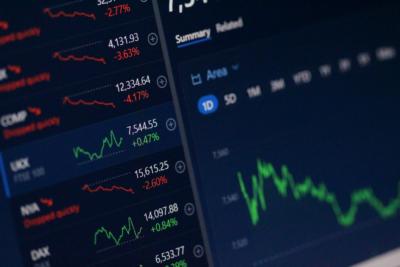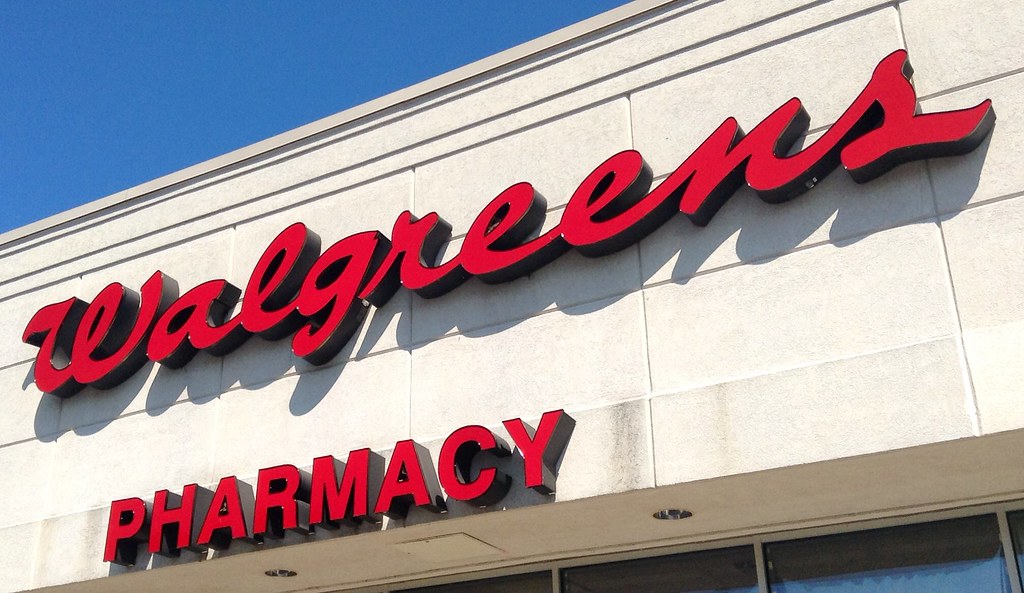Strategic View: Q1 2025 witnessed a surge in “LP-led” secondary transactions where limited partners proactively sold fund stakes to rebalance portfolios. Pension funds over-allocated to private markets are selling positions at 85-90 cents on the dollar, creating opportunities for “secondary club” buyers including Ardian and Lexington.
 Full story: If general partners won’t provide liquidity through portfolio company exits, limited partners will create their own liquidity by selling fund stakes. Q1 2025 saw dramatic acceleration in “LP-led” secondary transactions—where LPs proactively sell their positions in private equity funds to specialized secondary buyers, often at discounts to net asset value .
Full story: If general partners won’t provide liquidity through portfolio company exits, limited partners will create their own liquidity by selling fund stakes. Q1 2025 saw dramatic acceleration in “LP-led” secondary transactions—where LPs proactively sell their positions in private equity funds to specialized secondary buyers, often at discounts to net asset value .
The driver is allocation mathematics. Many institutional investors—particularly public pension funds—dramatically increased private markets allocations during the 2010s, targeting 15-25% exposure to capture illiquidity premiums and diversification benefits. However, as public equity markets stumbled in 2022 and private portfolios continued appreciating (at least on paper), private markets allocations ballooned to 30-40% of some portfolios. Simultaneously, distributions from PE funds slowed as GPs extended hold periods due to challenging exit markets .
This creates uncomfortable situations for pension fund CIOs. Their investment policy statements specify maximum allocation targets, and exceeding these limits can trigger regulatory scrutiny or require uncomfortable Board explanations. Moreover, many pensions face liquidity needs—benefit payments to retirees continue regardless of portfolio structure. When GPs can’t or won’t exit portfolio companies, LPs must create liquidity by selling fund stakes in secondary markets .
This LP distress creates opportunities for “secondary clubs”—specialized funds like Ardian Secondary, Lexington Partners, and Coller Capital that purchase fund stakes at discounts. The math is compelling: buying a portfolio of quality private equity holdings at 85-90 cents per dollar of NAV immediately creates 10-15% embedded returns. If the underlying portfolio companies eventually exit near NAV, secondary buyers generate attractive IRRs despite entering late in fund lifecycles. Q1 2025 secondary transaction volume likely exceeded $30 billion, with healthy pipelines suggesting continued momentum through the year .
Summary: Surge in LP-led secondary transactions reflects pension funds’ need to rebalance over-allocated private markets portfolios amid limited GP-provided liquidity. Sales at 85-90 cents per NAV dollar create opportunities for specialized secondary clubs to acquire quality private equity exposure at discounts, generating attractive embedded returns if underlying assets eventually exit near stated valuations .
Source: Blackstone Megatrends Update





